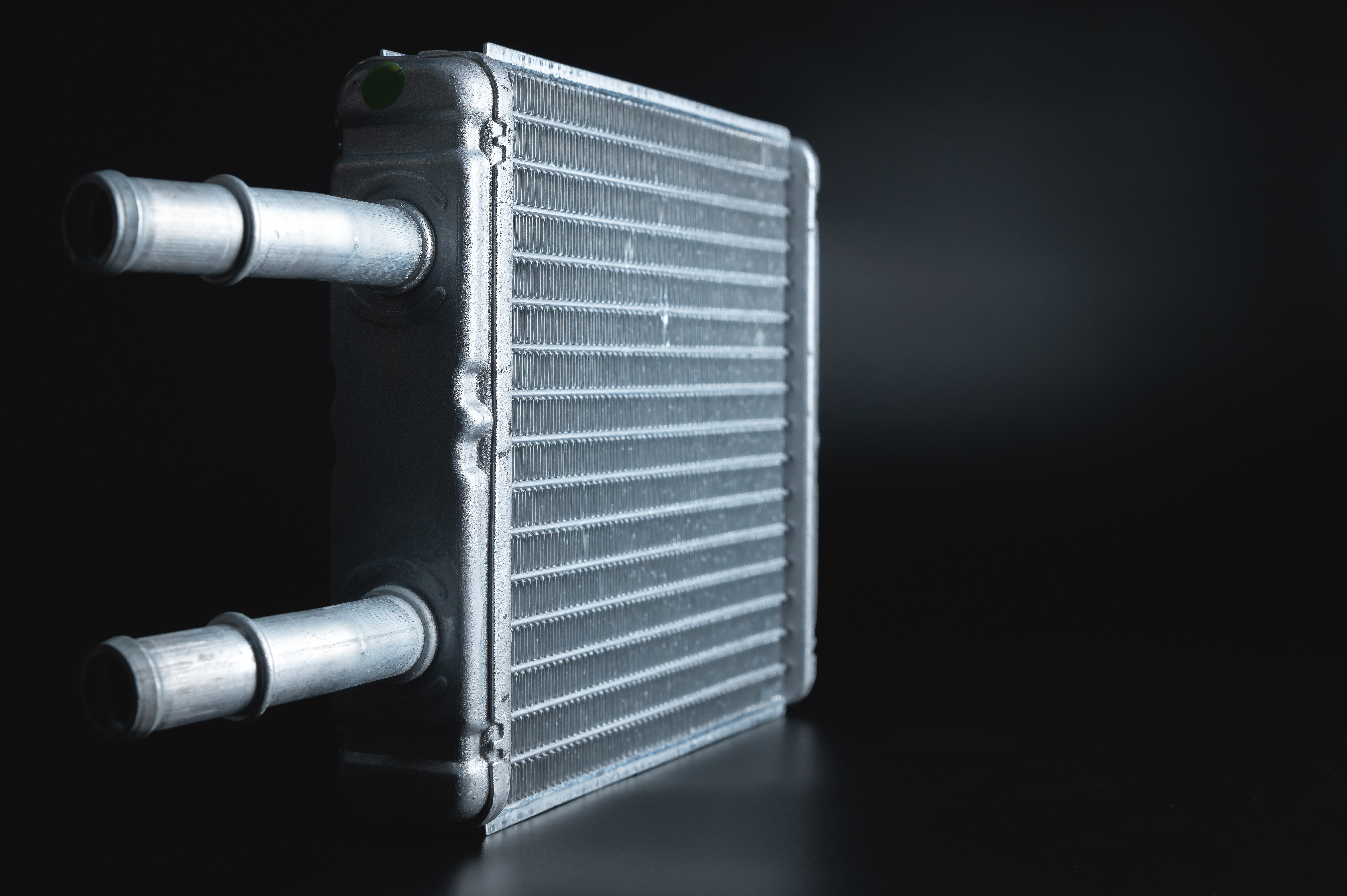
As the winter months approach, ensuring that your vehicle is ready to handle the cold is crucial. While most of us think about checking the antifreeze, battery, and tires, one critical component often gets overlooked—the heater core. This small but vital part of your car’s heating system can mean the difference between a warm, comfortable drive and a frigid, miserable journey. More importantly, neglecting it can lead to more extensive and costly repairs down the road. In this month’s blog, we consider the heater core and the typical problems you may experience.
What is the Heater Core?
The heater core is essentially a small radiator located behind your vehicle’s dashboard. It’s responsible for providing heat to the cabin by utilizing the hot coolant from the engine. When functioning correctly, it ensures that you stay warm and that your windshield stays defrosted. But if something goes wrong, it can disrupt your entire heating system and lead to some uncomfortable drives.
Common Heater Core Problems
- Leaks: One of the most common issues with heater cores is leaking. A leak in the heater core can cause a loss of coolant, which can lead to engine overheating and a lack of heat inside the car. You might notice a sweet smell (coolant) inside your vehicle or see moisture on the floor.
- Clogs: Over time, debris and sediment can build up inside the heater core, restricting the flow of coolant. This can result in reduced or no heat in the cabin. You might experience inconsistent heating, where the temperature fluctuates or takes a long time to warm up.
- Faulty Blower Motor: If the blower motor that pushes the warm air through the vents is malfunctioning, it can also affect the heating. This might manifest as weak airflow or no airflow at all through the vents.
Symptoms of a Faulty Heater Core
Recognizing the signs of heater core problems early can save you from freezing drives and expensive repairs:
- No Heat or Reduced Heat: If your vehicle is blowing cold air instead of warm, especially on a cold day, it’s a clear sign that something is wrong with the heating system, possibly the heater core.
- Foggy Windows: An early indicator of heater core problems is foggy windows that are difficult to clear. This happens when a leaking heater core releases coolant into the cabin, causing condensation.
- Sweet Smell: If you notice a sweet, fruity smell inside the vehicle, it’s likely due to leaking coolant, a telltale sign of a compromised heater core.
- Coolant Loss: Consistently needing to refill your coolant could indicate a leak in the heater core or elsewhere in the system.
- Visible Coolant Stains: Check the floor of your vehicle’s cabin for dampness or coolant stains. This can be an indication of a heater core leak.
Maintenance and Inspection
Regular inspection and maintenance can help keep your heater core in top shape:
- Visual Inspection: Look for visible signs of coolant leaks or stains on the floor mats and dashboard area.
- Flush and Replace Coolant: Regularly flush and replace your coolant as per your vehicle manufacturer’s recommendations to prevent clogging and maintain the heater core’s efficiency.
- Professional Check-Up: Schedule a professional inspection before the colder months. A service professional can perform a thorough check, ensuring that your heater core and the entire heating system are in good working order.
Ignoring your heater core can turn a cozy winter drive into a frigid experience and lead to costly repairs. By staying vigilant and ensuring that your heater core is functioning correctly, you can avoid freezing drives and enjoy a warm, comfortable ride all winter long. If you would like to have your heater core inspected, contact the service professionals at Geller’s Automotive to schedule an appointment.



